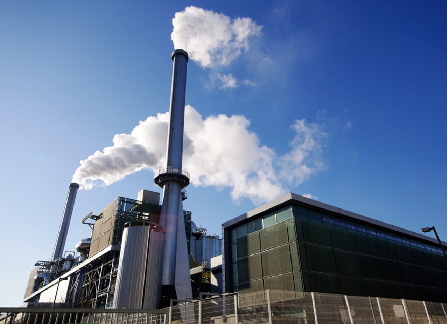Fracking Workers Exposed to Dangerous Amounts of Benzene
September 17, 2014The Road to Damascus
September 25, 2014See comments from Jim Argo, PhD, below.
You are Invited – Shell Proposed Petrochemical Community Meeting: Air Quality and Safety
As part of the planning and evaluation process for our proposed petrochemical facility in Beaver county, Shell is hosting community meetings on topics of most interest to our neighbors.
You are invited to attend the first of these planned topic session on Sept. 18th, which will focus on the topics of Air Quality and Safety.
The format will be two identical sessions (afternoon and evening), a brief overview of the proposed project, and a panel of subject matter experts from Shell and external organizations to address your related questions.
Air Quality and Safety Community Meeting
Thursday, Sept. 18
Two sessions: 11 a.m. to 1 p.m. and 5:30 to 7:30 p.m.
Penn State Beaver County Campus
Student Union Auditorium
100 University Drive
Monaca, PA 15061-2764
From Jim Argo, PhD:
The importance of this meeting cannot be underestimated!
Once they put up a petrochemical plant any female child under the age of puberty living within 25km (18mi) of the plant has an elevated risk of breast cancer from exposure to dioxins with a latency of 27 years. The younger the exposure the greater the risk.
Please see the peer reviewed paper.
If the winds are strong the risk will not be circular but distributed on an oval so that persons exposed at 30+km may be susceptible. With prevailing winds from the west look and see what communities are downwind to the east. That is where the risk will be greatest.
And don’t let them put you off. Have your very best and most alert people there.
Shell is exceptionally sly and has a number of exceptionally experienced consultants who will be there. Money is no consideration at this stage. They will make it up later. The consultants that I encountered were from “Exponent” but they also move around.
I would focus your questions on the effect the chemicals will have on the young. I would advise that you be concerned with the processes that are fueling the plant; what happens to the raw materials that are used? (It cannot be 100% so what happens to the waste. Is there any burning? If so what and how and where with respect to population and prevailing wind? Burning anything organic in the presence of chloride produces Dioxins above 250 deg. C.
If they counter with “we will put in incinerators” ask how often their efficiency is verified and what temperature do the operate at? They are notorious for going off temperature or having areas “plug up”. I have never heard of an incinerator working properly more than a few hours to days. Then ask when they are off line do they have backup incinerators or if not does the line shut down.
Remember you are deeply concerned to ensure that your children do not inhale these terrible substances that operate at the level of hormones on the body.
They go everywhere. And don’t be trapped into discussing the most talked about (TCDD 2,3,7,8 TCDD). It is certainly a carcinogen and affects the body widely BUT there are several dozen others that are almost as bad though not proven carcinogens. You can contact me before, during, and after.
This is perhaps the single most important meeting you are going to have for the people of PA.
I have in front of me an executive summary of a WHO document on the assessment of the health risk of dioxins, the re-evaluation of the tolerable daily intake (TDI) dated 1998. A more recent review is what should be referred to but I don’t have it here. There is a term called a Toxic Equivalent Factor (TEF) describing how the toxic risk should be distributed among the different congeners. This is Table 3 of the report. For dioxins with 4 or 5 chlorine (tetra and penta) the TEF is 1, for those with 6 chlorine (hexa) it is 0.1, for those with 7 chlorine (hepta) it is 0.01 and for those with 8 chlorine (octa) it is 0.0001. For furans it ranges from 0.1 to 0.0001, and for PCB’s it ranges from 0.1 to 0.00001 depending on the planarity.
Two other terms are LOAEL and NOAEL: lowest observed adverse effect and no observed adverse effect. On page 27 of the summary is the statement:
“By applying an uncertainty factor to the raange of LOAEL of 14-37 picogramm TCDD/kg/bodyweight/day expressed as a range of 1-4 TEQ(toxic equivalents) picogramme /kg bw was established for dioxins and dioxin-like compounds (incl PCB and Furans)”



